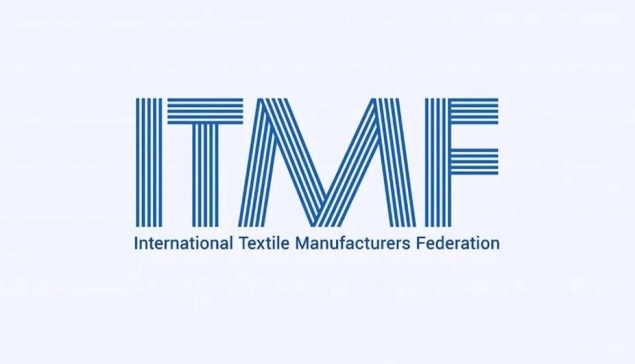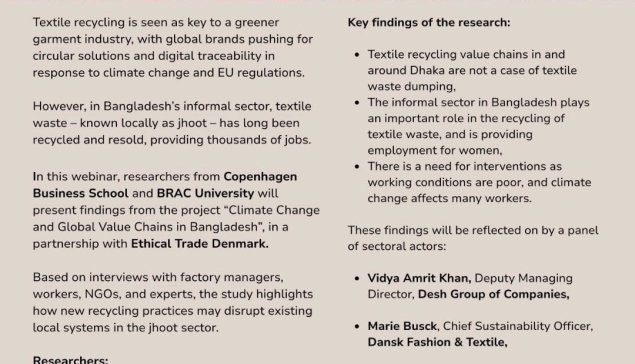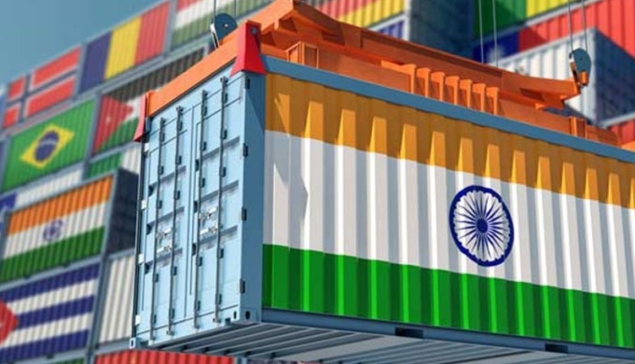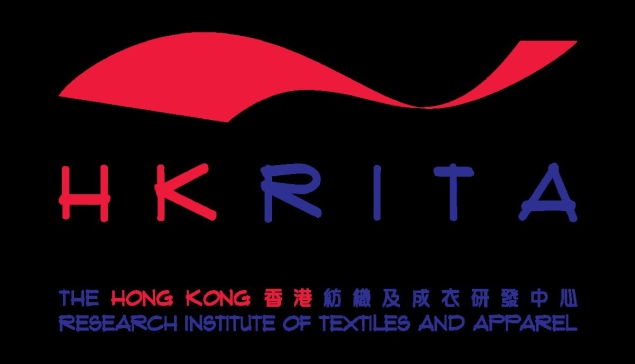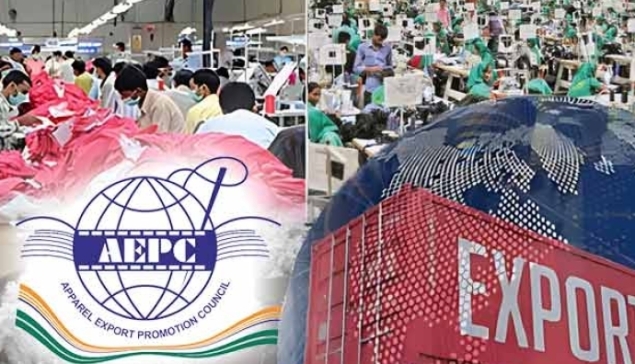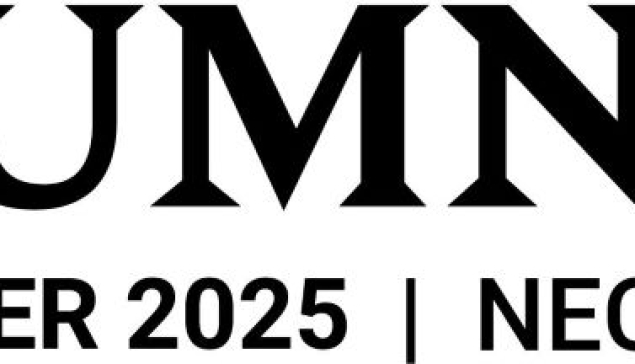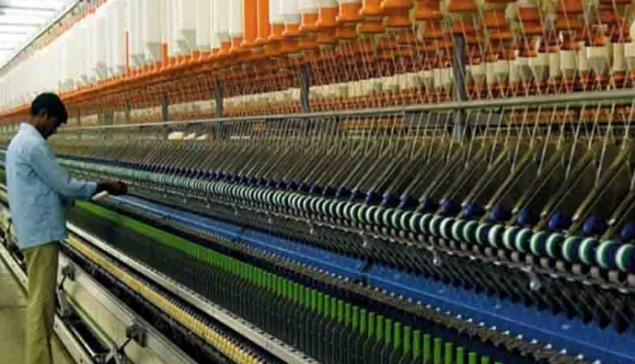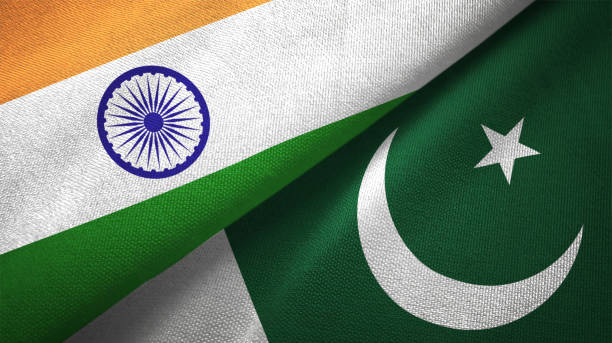The textile trade between India and Pakistan presents an intriguing paradox. Despite both nations' significant global presence in the industry, their bilateral trade in textile and apparel goods remains limited, valued at $722 million in 2013, far below its estimated potential of $2.10 billion.
This restricted trade warrants investigation, especially given the sector's substantial contribution to their bilateral commerce.
Key Observations
Textile and clothing products are prominent in both countries' sensitive lists, with 25% of items restricted from tariff concessions.
Indian imports face higher tariffs due to their inclusion in Pakistan's sensitive list, resulting in significant trade limitations.
Bilateral trade focuses more on textiles than apparel, with cotton yarn being the most traded commodity.
Intra-Industry Trade Insights
- A notable degree of intra-industry trade exists in clothing and apparel, indicating potential complementarities.
- This trade concentrates on goods requiring further processing and exhibiting quality variations.
- Indian exports likely represent higher-quality processed items.
Competitive Advantages
India excels in producing superior-quality fabrics and has a competitive edge in synthetic fibers.
Pakistan demonstrates a competitive advantage in cotton production.
This analysis highlights the complexities of India-Pakistan textile trade, revealing opportunities for growth and cooperation.
CREDITS: ICRIER Events Research






